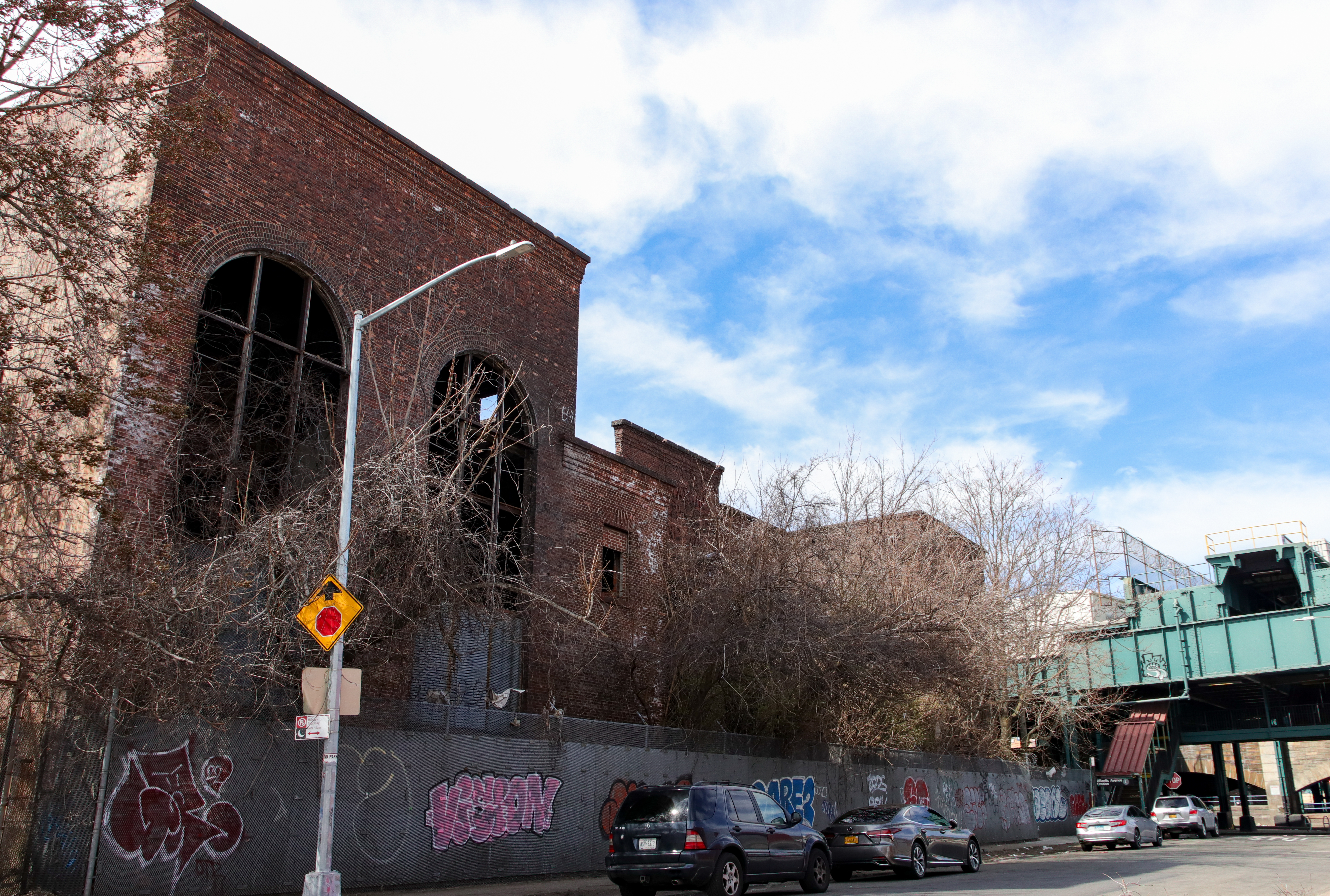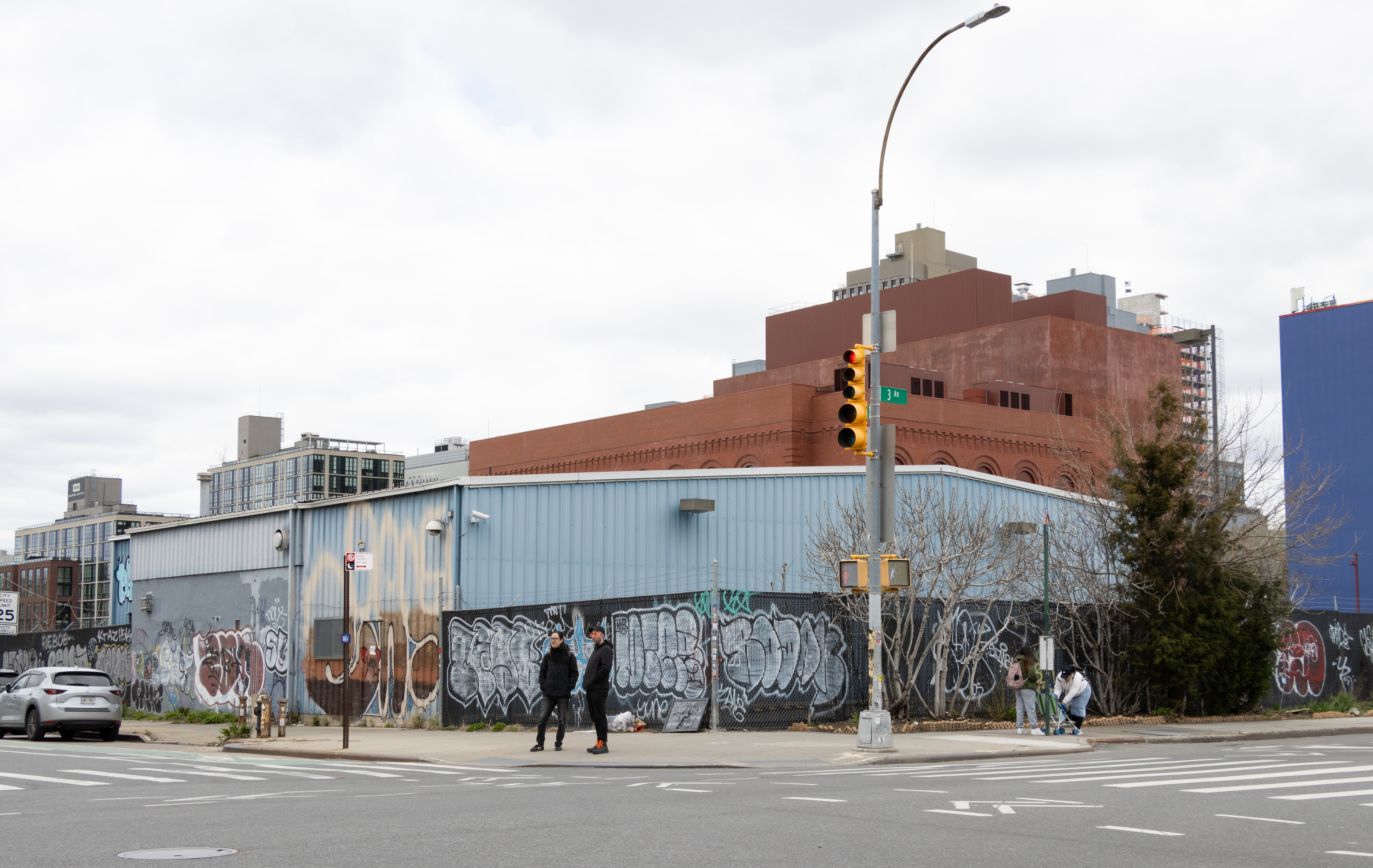Report on 'Invention of Brownstone Brooklyn'
Regular Brownstoner reader/commenter Mopar filed this report about yesterday’s panel discussion on gentrification in Brooklyn emceed by Suleiman Osman, author of the new book “The Invention of Brownstone Brooklyn: Gentrification and the Search for Authenticity in Postwar New York”: Tuesday night’s panel on “The Invention of Brownstone Brooklyn: Race and Gentrification in South Brooklyn” at…
Regular Brownstoner reader/commenter Mopar filed this report about yesterday’s panel discussion on gentrification in Brooklyn emceed by Suleiman Osman, author of the new book “The Invention of Brownstone Brooklyn: Gentrification and the Search for Authenticity in Postwar New York”:
Tuesday night’s panel on “The Invention of Brownstone Brooklyn: Race and Gentrification in South Brooklyn” at the Museum of the City of the New York focused on Brooklyn’s former slums where brownstones now sell for $2 million and up.
“For me, the Park Slope of 2011 is a limousine parked in front of a public school, said “Prospect Park West” author Amy Sohn, explaining that just that day she had seen one parked outside PS 321 waiting for a parent. “I feel the book [Osman’s] is about my life. I came from Mitchell-Lama housing and now we live across from [actor] John Turturro.”
Was the brownstoning movement of the 1960s and 1970s a success? It depends on who you ask. Author of “The Invention of Brownstone Brooklyn: Gentrification and the Search for Authenticity in Postwar New York” Suleiman Osman, who grew up in Park Slope and is a professor of American Studies at George Washington University, did not pick a side.
“If it’s about increasing real estate values, then it’s been very successful,” said Michelle de la Uz, executive director of the Fifth Avenue Coalition. “If it’s about the urban ideal of diversity, then it’s failed miserably. We need public policy with equity and justice at the forefront to achieve that urban ideal we were all attracted to and decided to stay in New York for.”
Back in the 1960s, brownstoners moved to Brooklyn so they could live in “someone’s former mansion” and have more space to raise their families for not much money, related Ken Patton, a founder of the Brownstone Revival Committee. When a neighborhood group planned to picket the Dime Savings Bank for redlining Brooklyn, he held a cocktail party for newcomers and bankers, and convinced the money men to offer mortgages to young, white professional families moving into Park Slope. But first he had to convince them that the newcomers were not “bohemians.”
“I’m a victim of displacement and gentrification,” said audience member and Councilwoman Tish James, who grew up in Park Slope and whose family was forced to move when rents rose. The recent census shows a reverse Great Migration is taking place, with more than 10,000 African Americans moving from New York to the South because they can no longer afford to live here, she said. “There’s a huge disparity in wages and the socioeconomic situation in New York City. It’s rather devastating to walk in your own community and feel like a stranger.”
Brownstoner commenters Amzi Hill and BedstuyMaven attended. Were there any others? What did you think of the panel?





Forgive me if this is old news to you, but here’s an incredible collection of photographs of people in their homes in Brooklyn in 1978, organized by neighborhood. The contrast between, say, Bay Ridge and Park Slope, is striking. Photos of Bed-Stuy illustrate Montrose’s point about the diversity of the area.
Gabby tried to get permission to use one of these photos to illustrate this post, but the copyright holders didn’t respond in time.
http://digitalgallery.nypl.org/nypldigital/explore/dgexplore.cfm?col_id=622
Not enough has been written on the policies that created de facto apartheid in northern US cities like NY. I guess it is a story we do not want to hear.
If one thinks gentrification is bad, what happened before was even worse.
My comment, “so true” pertained to Minard’s first comment about red lining.
I think banks lending to people who can’t afford loans is a bit more complicated, although that certainly has happened.
That was very well-said, Montrose.
Sounds like an interesting discussion, although the typical polarizing stuff is a bummer.
Thank you, my Hebrew E-BIL. Mazel tov.
So true, Minard. And the whole practice brought forth hundreds of local real estate brokers who, for 30 or 40 years, had minority neighborhoods like Bed Stuy to themselves, specializing in finding financing, and selling these properties to members of the community. Many of them did REALLY well, too, becoming some of the community’s wealthiest residents.
It then comes as no surprise that the resentment in Bed Stuy, Crown Heights, etc, towards Corcoran, Halstead, Prudential Douglass Elliman, etc, ran high, when all of a sudden, neighborhoods and properties that they wouldn’t touch with a ten foot pole before, suddenly were quite desireable to them, and the old guys, who may not have been on top of the technology of today’s marketplace, saw their tradititional customer base go to them.
redlining now happens in reverse, banks give mortgages to people who cannot possibly hope to keep up with payments.
They just can’t seem to get it right.
Bob, I saw your photo on the PLG house tour and went up to two people I thought were you but weren’t! Sorry I missed you.
“the resident goyim who turns on the lights for the observant Jewish neighbor”
Pssst, my dear eSIL, such a person is called a “Shabbos goy”.